In the era of exploding digital data, Video Analysis has become an indispensable tool across various fields. From security and surveillance to business management and traffic control, this technology delivers exceptional value, enabling the maximum utilization of the vast amounts of data captured in daily video recordings. The article below, brought to you by AT Technology and Consultancy Joint Stock Company (ATTECHSOFT), provides an in-depth introduction to this software and highlights its outstanding benefits.
Definition of Video Analysis
Video analysis is the process of automatically processing and interpreting video content to derive meaningful insights or actions. It involves identifying patterns, recognizing objects or individuals within video footage.
Video analysis software can be applied across various fields, including security, surveillance, traffic management, retail, and manufacturing. It not only reduces reliance on manual monitoring but also enhances accuracy and efficiency in processing large volumes of video data captured daily.
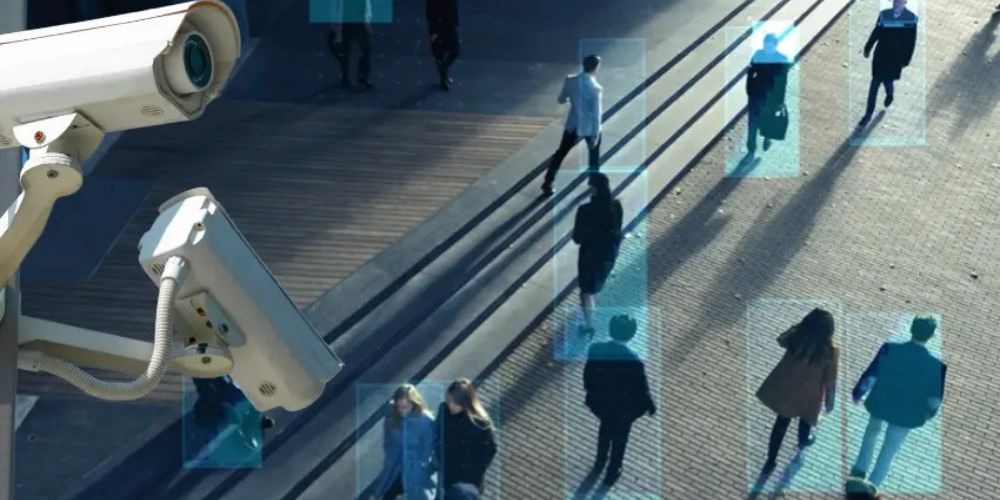
The Difference Between Traditional Video Analysis and AI-Powered Video Analysis
Traditional Video Analysis:
- Relying on predefined rules or static algorithms to process video data, such as detecting motion in a designated area or tagging timestamps.
- Performing simple and specific tasks but struggles with dynamic or unpredictable scenarios.
- Lacking the ability to learn or adapt beyond the programmed rules.
- Requiring significant human intervention to monitor, adjust parameters, and interpret results.
- Limited in efficiency and scalability for handling large or complex video datasets.
AI-Powered Video Analysis:
- Utilizing advanced technologies like Machine Learning (ML) and Deep Learning (DL) to recognize patterns, detect anomalies, and adapt to new data.
- Excelling in complex tasks such as behavior analysis, facial recognition, and real-time anomaly detection.
- Continuously learning and improving over time by analyzing large volumes of data.
- Minimizing false positives, enhancing accuracy, and improving predictive capabilities.
- Reducing the need for human oversight, making it scalable and efficient for various industries like security, retail, healthcare, and traffic management.
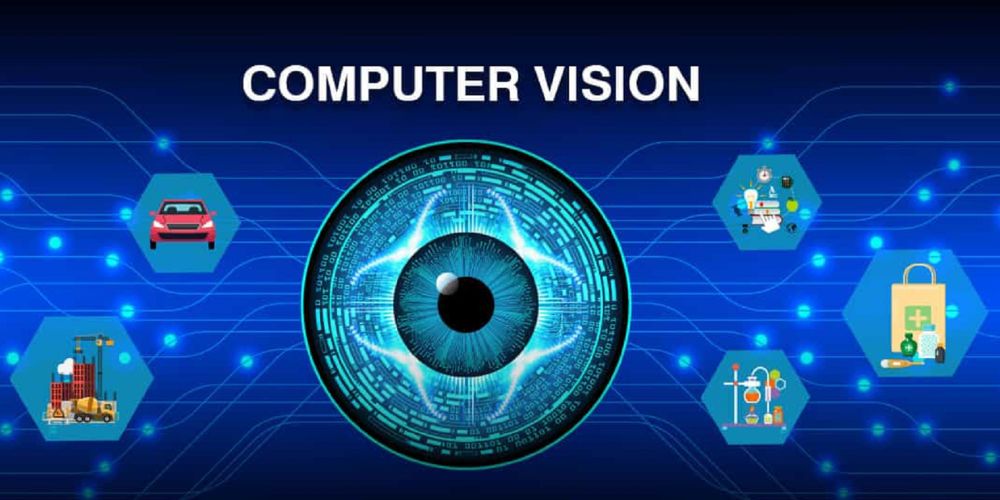
Types of video analysis
Video data analysis covers a wide spectrum of functionalities, tailored to various needs. Below are the most common types:
Facial Recognition
Facial recognition is a type of visual data analysis that identifies and verifies individuals based on their unique facial features. This technology is widely used in access control systems to ensure security, public security for identifying suspects or missing persons, and personalized customer experiences in industries like retail and hospitality. By analyzing facial characteristics, it allows seamless authentication and enhances user convenience while maintaining high security.
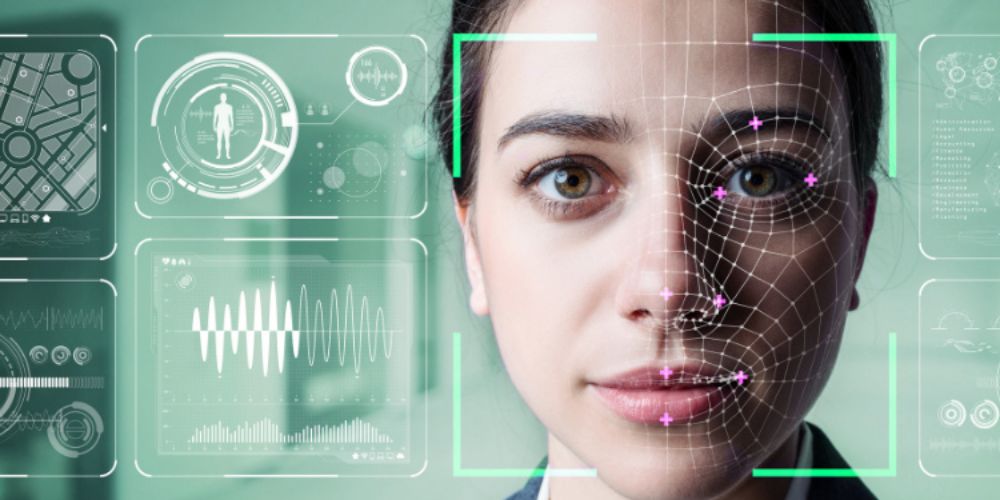
Object Detection
Object detection focuses on recognizing and labeling objects within video frames, such as vehicles, animals, or packages. This functionality is particularly valuable in manufacturing, where it detects defects in products on assembly lines, and in traffic management, where it identifies vehicle types and monitors traffic flow. Object detection plays a crucial role in automating processes and improving efficiency across industries.

Object Tracking
Object tracking monitors the movement of objects across video frames, providing details about their speed, direction, and trajectory. This capability is critical in sports analytics, where it tracks players or equipment during gameplay, and in automated surveillance, where it follows individuals or vehicles to ensure security. Object tracking provides real-time data, enabling precise monitoring in dynamic environments.

Behavior Analysis
Behavior analysis interprets human behavior patterns captured on video to identify anomalies, such as theft, loitering, or suspicious movements. It is extensively used in security environments to detect potential threats and in retail to understand customer actions and preferences. This type of analysis not only enhances safety but also helps optimize customer interactions and experiences.
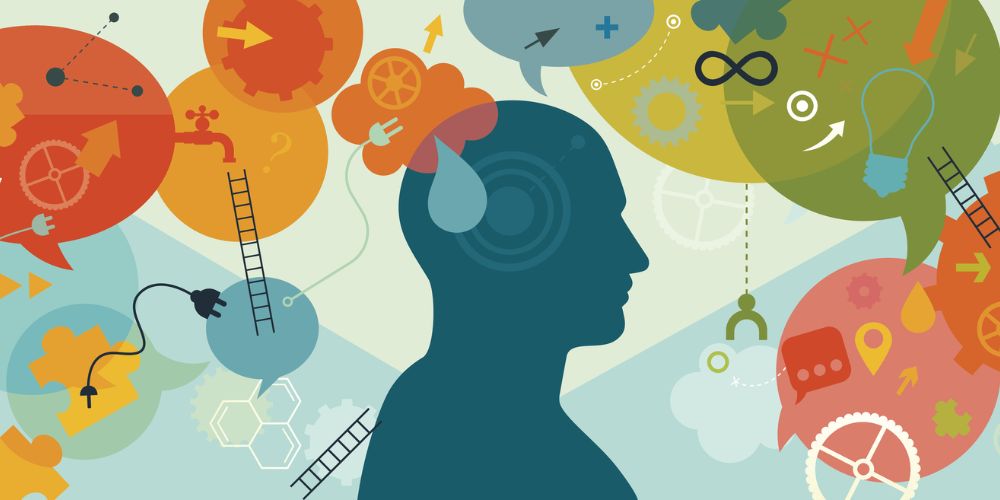
People Counting
People counting tracks the number of individuals in a specific area, providing insights into crowd density, foot traffic, or customer flow. This functionality is essential in retail analytics for optimizing store layouts, in event management for capacity planning, and in public transportation for ensuring efficient service. People counting enables data-driven decision-making to improve operational efficiency.

Crowd Detection
Crowd detection focuses on monitoring large gatherings to identify overcrowding, safety hazards, or group behavior trends. It is particularly useful for public safety during events or emergencies, helping authorities manage crowds effectively and prevent incidents. By analyzing crowd patterns, this technology ensures safety and enhances the overall event experience.
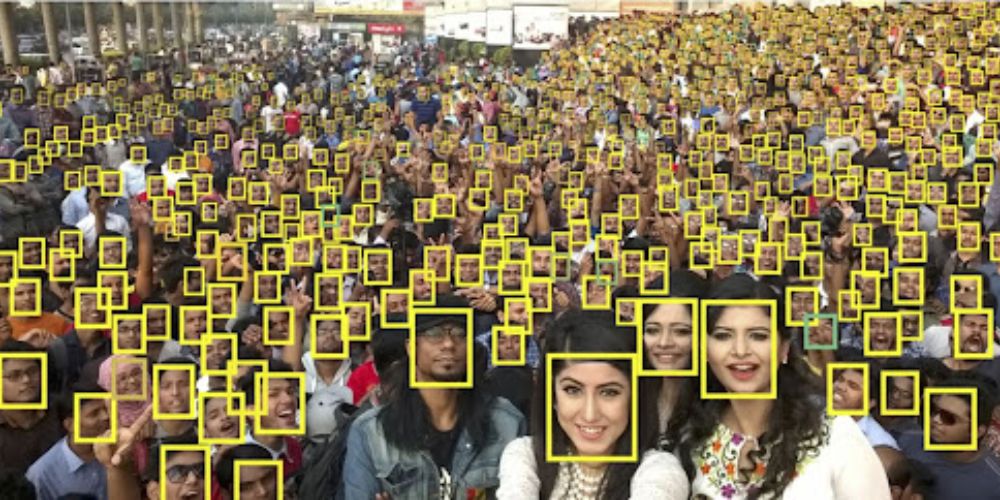
Each of these video analysis types serves specific purposes, offering tailored solutions for industries ranging from security and retail to healthcare and smart city planning. These capabilities enable organizations to extract valuable insights and make informed decisions based on video data.
Applications of video analysis
Security and surveillance
Video processing plays a critical role in enhancing security and surveillance systems.
- For example, facial recognition technology is used in airports to identify individuals on no-fly lists or detect potential security threats.
- In banking, visual data monitors customer behavior at transaction counters to prevent fraud or theft.
- At home, smart surveillance cameras can detect unusual movements, such as intrusions, and send instant alerts to homeowners.
These applications ensure safety and streamline incident response, making security systems more proactive and effective.
Traffic management
Traffic management has greatly benefited from video processing technology.
- Cameras equipped with this system can detect traffic accidents on highways in real-time, allowing emergency services to respond promptly.
- Additionally, traffic signals can be optimized by analyzing vehicle flow patterns, reducing congestion in busy areas.
- Video data analysis also supports traffic law enforcement by identifying vehicles running red lights or speeding through automatic license plate recognition. These implementations contribute to safer and more efficient road networks.

Retail
In the retail sector, visual data analysis enhances customer experience and operational efficiency.
- For instance, cameras track customer movement through stores, providing insights into shopping patterns and enabling retailers to optimize product placement.
- Queue management systems use people counting technology to monitor lines at checkout counters, ensuring staff are deployed effectively to minimize wait times.
- Additionally, video data analysis helps detect theft or fraudulent activities, protecting store assets and reducing losses. These applications support better decision-making and improve overall store performance.
Healthcare
In healthcare, video content analysis improves patient safety and care quality.
- For example, cameras in hospitals monitor elderly patients and immediately detect falls, triggering alerts for medical staff. Behavioral analysis tracks patients’ movements to identify unusual patterns, such as wandering or attempts to leave their beds unsupervised.
- Furthermore, this software is used in surgical procedures to document and review operations, aiding in medical training and process improvements. These applications contribute to safer and more efficient healthcare environments.
Manufacturing
Manufacturing industries leverage video processing to enhance productivity and safety.
- Systems can automatically detect defects in products on assembly lines, ensuring only quality items reach consumers. Cameras monitor workers to identify unsafe behaviors, such as entering restricted zones without proper safety gear.
- Additionally, performance analysis of production lines helps optimize processes and improve overall efficiency. By automating these tasks, video processing minimizes human error and maximizes operational effectiveness in manufacturing.

Education
- Cameras in classrooms monitor student behavior, identifying signs of distraction or unusual activities. In online learning, facial expression analysis gauges students’ understanding of lessons, enabling teachers to adapt their approaches.
- Moreover, surveillance systems enhance school security by detecting unauthorized individuals on campus. These applications foster a safer and more productive learning environment.
Key benefits of video data analysis
The adoption of video analysis brings numerous advantages, including:
- Enhancing security and safety: This system provides 24/7 monitoring, significantly reducing the likelihood of human errors. It also proactively identifies threats in real-time, enabling faster response times to potential risks.
- Operational efficiency: Video content analysis automates routine tasks such as monitoring and reporting, allowing organizations to save time and resources. This efficiency frees up human personnel to focus on higher-value activities that require critical thinking or creativity.
- Improved Customer Experience: By analyzing customer preferences and behaviors, video data analysis enables businesses to offer personalized services that enhance satisfaction. Additionally, it reduces wait times and improves operational efficiency, particularly in retail and hospitality settings.
- Cost Savings: Visual data analysis helps optimize resource allocation, ensuring that budgets are used effectively and unnecessary expenses are minimized. Furthermore, it prevents potential losses through proactive threat detection, such as identifying fraud or safety risks early.
- Data-Driven Decision-Making: With detailed analytics, it supports strategic planning and decision-making by providing actionable insights. It also identifies trends and patterns, helping organizations predict future outcomes and adjust their strategies accordingly.

Future trends in video analysis
The field of video content analysis is rapidly evolving, driven by advancements in technology and increasing demand across various industries.
- Integration with Artificial Intelligence and Machine Learning: The adoption of AI and ML algorithms is enhancing the accuracy and capabilities of video analytics systems, enabling advanced applications such as object recognition, behavior analysis, and anomaly detection.
- Cloud Computing and Edge Processing: The shift towards cloud-based solutions and edge computing is facilitating real-time video processing and analysis, improving scalability and reducing latency.
- Internet of Things (IoT) Integration: Combining video analytics with IoT devices enriches data analysis by incorporating insights from various sensors, creating a comprehensive view of monitored environments.
- Enhanced Security and Surveillance: AI-driven video analytics are being increasingly utilized in security and surveillance to detect and respond to threats more effectively, providing proactive measures in various settings.
- Market Growth and Adoption: The global video analytics market is projected to grow significantly, with forecasts indicating substantial increases in market size and adoption across multiple sectors.
These trends highlight the expanding role of video content analysis in improving operational efficiency, security, and decision-making across diverse industries.
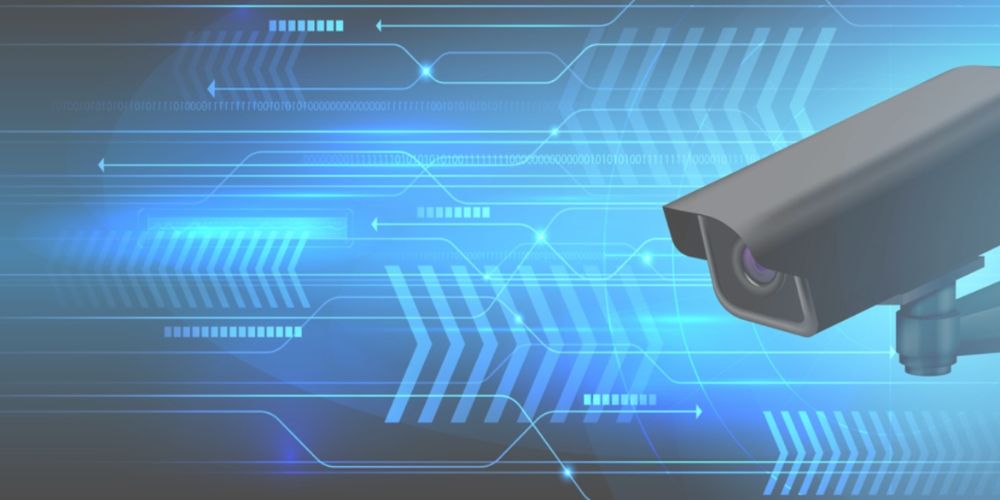
Conclusion
Video analysis is a transformative technology, unlocking valuable insights from video data across industries. As we move into an era of smart technologies, it will play a critical role in shaping the future. Whether you’re in retail, healthcare, or urban planning, now is the time to explore how this technology can benefit your operations.
Attechsoft is a company specializing in providing technology software products, such as Video Master AI. If you’re interested in exploring advanced technological solutions for your business, don’t hesitate to contact us for a consultation
Email: sales@attechsoft.com
Website: https://attechsoft.com/
